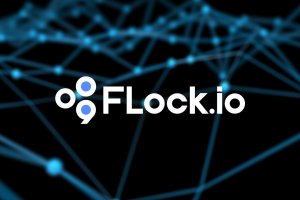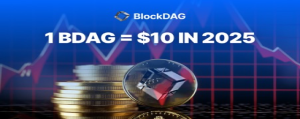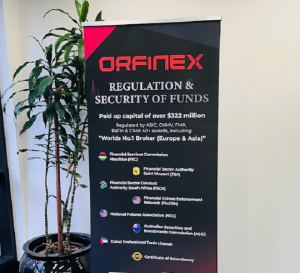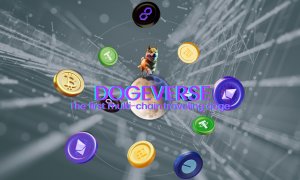From L2 to DAG, Meet the Acronyms Making Blockchain Scale
Wouldn’t it be great if blockchain worked straight out of the box? No setup; no learning curve; no scalability issues. For years, the concept of a blockchain network that works for everyone all of the time, with no loss of service or fee variance, have seemed an impossible dream.

But as new technologies have come onstream, blockchain has gotten better at, well, being blockchain: an always available, censorship-resistant network that works for everyone from the humblest yield farmer to the largest enterprise. We’re not there yet, but if you can parse the jargon and see past the acronyms, there are some impressive solutions being tailored to make blockchain as great as its pioneers always imagined.
L2 Is the New L1
Remember your first bitcoin transaction? Seeing the tx appear in a blockchain explorer and the funds arrive in your wallet a few minutes later, with no human intervention, was a magical experience. These days, we expect a bit more from our blockchains. Just as dial-up doesn’t cut it in an era of gigabit internet, 10 TPS won’t do for businesses who want to go big. Enterprises simply aren’t interested in joining blockchain networks whose speed and scalability feels like a giant step backwards.
While all eyes have been on Ethereum as its much-hyped merge kicks in, the real story has been the traction that layer-2 networks have gained over the past 12 months. L2s have several things in their favor: they’re EVM compatible, making it easy to move assets to and from Ethereum; they’re less crowded than Ethereum so have much more bandwidth; and their PoS consensus mechanisms have been designed with throughput in mind.
Polygon has demonstrated that the L2 narrative is capable of gaining traction and that businesses are willing to utilize smaller networks that can operate at scale. This narrative has been picked up by other L2s that have taken their cues from the success of Polygon such as Boba Network, which offers scalability paired with offchain computing and impressive web2 APIs. As L2s have exploded in number and found their niche, they’ve drawn traffic and market share away from L1s – which can only be a good thing.
DAGs Are Back in Fashion
DAG, a peer-to-peer networking structure that allows data to propagate faster than on a conventional blockchain, isn’t a new technology. Back in 2017, there were several crypto projects touting their DAG as the solution to the industry’s scaling problems. The current crop of DAGs are light years ahead of their forebears, however. With the technology now having matured, they also benefit from seeming less exotic to businesses eyeing their options.
Coti Network is among the new wave of DAG proponents, having recently upgraded to a protocol that utilizes this architecture. The reason for doing so is primarily down to speed: its grandly titled MultiDAG 2.0 can process 100,000 TPS. For fintechs and businesses in the payment space, these are the sort of numbers that can make blockchain seem sexy. Throw in the ability for DAGs to support multi-token issuance and it’s easy to see why enterprises that wouldn’t look twice at Ethereum are casting admiring glances.
STARKs and SNARKs Pioneer Privacy
The final acronyms that deserve a shout out for making blockchain more scalable, and thus more business-friendly, are the zk family of proofs. We’re talking STARKs and SNARKs, which do two things well. Firstly, they enable businesses to transact with one another without disclosing sensitive financial data. And secondly, they support scaling through enabling transactions to be batched together with the aid of rollups. Now, thousands of transactions can be confirmed for the cost of a few cents in total rather than apiece.
There’s still a gap between what blockchain is capable of doing and what enterprises are currently using it to do. This lag is to be expected of a novel technology that is still evolving fast. Thanks to L2s, DAGs, and SNARKs, we have proof that blockchain can scale. Now all that’s needed is for more businesses to get in the ring and put the tech to the test.









